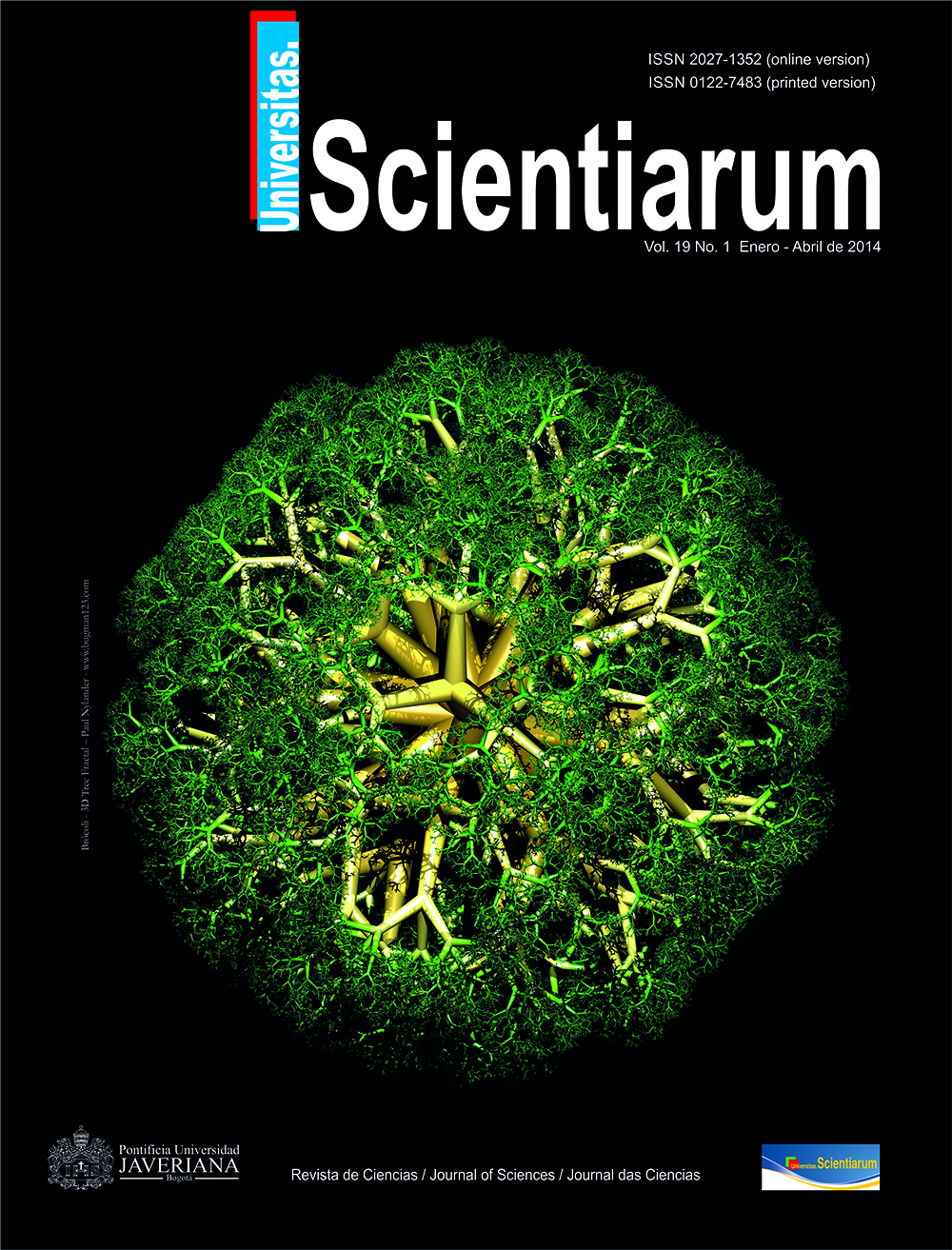Abstract
Pyrogallol[4]arenes are macrocycles with high potential as building blocks for nanocapsules. We theoretically studied the dimeric precursors of 2,8,14,20-tetramethylpyrogallol[4]arene and 2,8,10,14-tetraphenylpyrogallol[4]arene to understand the dynamics of assembly of these compounds, and calculated the potential energy curves along the torsion angle of the (R-pyrogallol)CH–(R-pyrogallol) dimeric bond at the B3LYP/6-311G(d,p) level of theory. We found that the energy barriers for free rotation around the selected bond are 0.00133 Hartrees for the alkyl-substituted dimer and 0.77879 Hartrees for the aryl-substituted dimer. These values imply that the free rotation around the selected bond exists for the first dimer but not for the second one. Because the orientation of the substituent and the pyrogallol ring around this bond are likely to determine the geometry of the final structure, we propose that the alkyl-substituted compound will most likely adopt a crown-shaped geometry whereas the aryl-substituted compound will adopt a chair-shaped geometry. These predictions concur with experimental evidence, which shows that the geometry of pyrogallol[4]arenes depends on the substituents attached to them.Univ. Sci. is registered under a Creative Commons Attribution 4.0 International Public License. Thus, this work may be reproduced, distributed, and publicly shared in digital format, as long as the names of the authors and Pontificia Universidad Javeriana are acknowledged. Others are allowed to quote, adapt, transform, auto-archive, republish, and create based on this material, for any purpose (even commercial ones), provided the authorship is duly acknowledged, a link to the original work is provided, and it is specified if changes have been made. Pontificia Universidad Javeriana does not hold the rights of published works and the authors are solely responsible for the contents of their works; they keep the moral, intellectual, privacy, and publicity rights. Approving the intervention of the work (review, copy-editing, translation, layout) and the following outreach, are granted through an use license and not through an assignment of rights. This means the journal and Pontificia Universidad Javeriana cannot be held responsible for any ethical malpractice by the authors. As a consequence of the protection granted by the use license, the journal is not required to publish recantations or modify information already published, unless the errata stems from the editorial management process. Publishing contents in this journal does not generate royalties for contributors.



